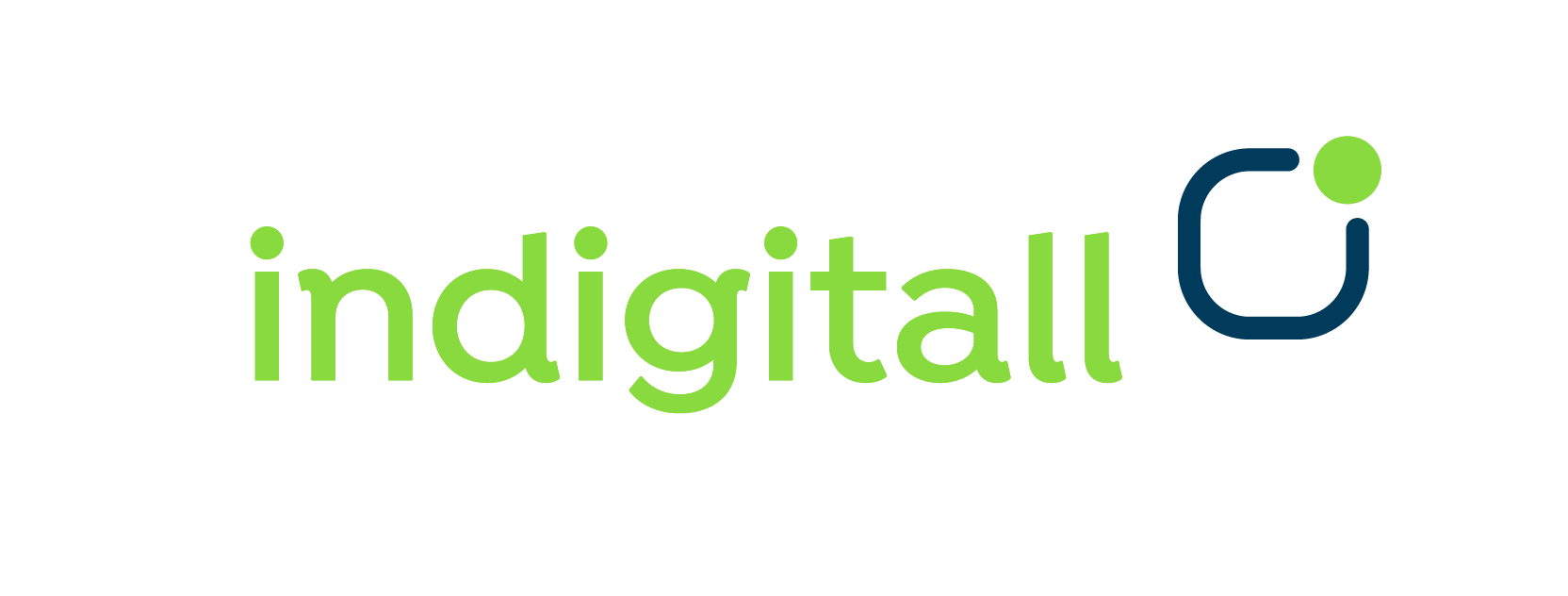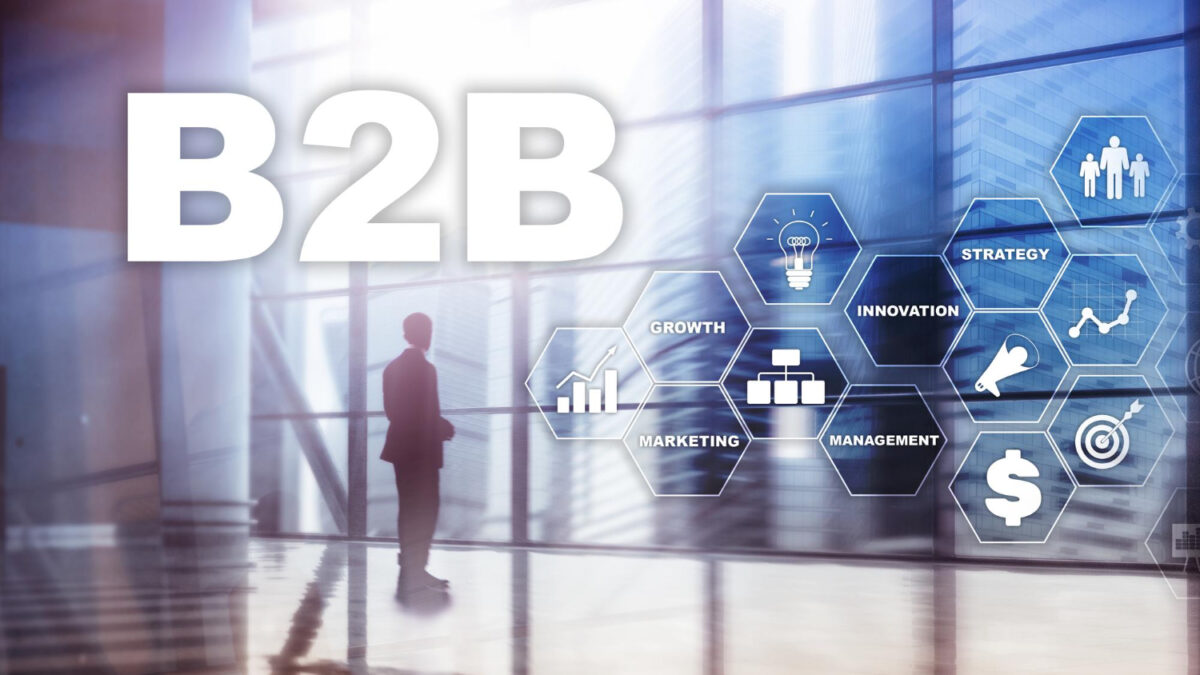
B2B Customer Journey: What’s so special about it?
Overview
- indigitall Secures 42 Awards in G2 Crowd’s Spring 2025 Reports, Dominating Key Categories
- Take Advantage of AI in Retargeting Campaigns
- Conversational Chatbots and AI: The Perfect Pair
- Artificial Intelligence in Businesses: All the Key Insights
- Chatbots for Universities: Revolutionizing Student Engagement
If your company's customers are other companies, the strategies to follow change. That is why the so-called B2B customer journey must be adapted to these consumers, with certain particularities.
Within digital marketing, this part is essential to get sales. If the prospect has a bad experience, they will back out. Therefore, we will teach you more about how to offer the best path if you sell to companies, explaining the particularities and differences that exist with strategies for end customers and how to implement it in your company.
Let's remember... What is the customer journey?
Literally translated as "customer journey", customer journey is the interactions that a customer makes when buying something. It starts when they are interested in a product or service for the first time and ends with the after-sales and loyalty of the product.
This "journey" can vary greatly by consumer or industry. Buying food is not the same as buying business software, and neither is a compulsive shopper the same as one with doubts. Although it may change from one to the other, most are divided into several phases which are awareness, consideration, decision, and action.
If done right, the customer experience improves, as well as the ROI (return on investment) and effectiveness of advertising and marketing campaigns. This is because knowing the path allows you to work on the points of improvement detected and avoid mistakes.
What are the particularities of a B2B strategy?
B2B stands for "business to business", i.e. companies that sell their products or services to other companies. One of the big mistakes is to follow the same strategies as B2C "business to customer", which are usually focused on classic marketing strategies, low prices or flashy advertising. If it is B2B, it has certain particularities and differences:
- Duration: While end consumers are more impulsive and quick, companies are more thoughtful about the purchase, as several people make the decision and there are no impulse purchases.
- Product value: when a company buys, it usually does so with a rational and strategic approach. Generally, they have a problem and are looking for a solution. As for the end consumer, they tend more towards emotional buying and the search for experiences.
- Loyalty: B2C customers are often difficult to retain and have a tendency to switch brands. On the other hand, a B2B is very loyal and can even sign long-term contracts.
- Personalization: the end consumer is not so concerned about personalization, giving a generalist feedback of what they have purchased. On the other hand, the company does need something more personalized and adapted to its specific needs.
- Communication: B2C customers are informal, using Whatsapp and other social media to communicate. B2Bs, on the other hand, use formal channels, such as emails, calls, or video calls.
B2B Customer Journey: how do we approach it?
To understand how customers interact and how to improve sales and loyalty, it is necessary to create a customer journey map. This is a document that tracks the customer's actions. With this map, it's easy to know what the pain points are and study solutions to increase sales.
To create your map effectively, you need to follow these steps:
- Which companies are going to buy?: You already know your product and it's time to get to know the potential customers of your product or service. What do they do? What do they need? Can they afford it? Write everything down and study the buyers well.
- What problems need to be solved: Your product or service has to help the customer want to buy it. Therefore, identify areas for improvement in your company and think about how to help.
- How do they interact with you?: This is an important part, which talks about interactions in the sales funnel. Learn how they find you (web, phone, ads...), the actions they have taken throughout the funnel, such as entering the email and downloading a free ebook.
- How do they feel?: Finally, analyze the customer experience at each point, i.e., how they feel. This is an important part, as it will tell you when and where they withdrew, if they withdrew, and what feedback they gave you on certain actions.
At indigitall, we can help you create personalized experiences thanks to our specialized tools. We will be able to help you reach your audience and give them the best service so that you can grow your business. Contact us now and open the door to millions of users.



